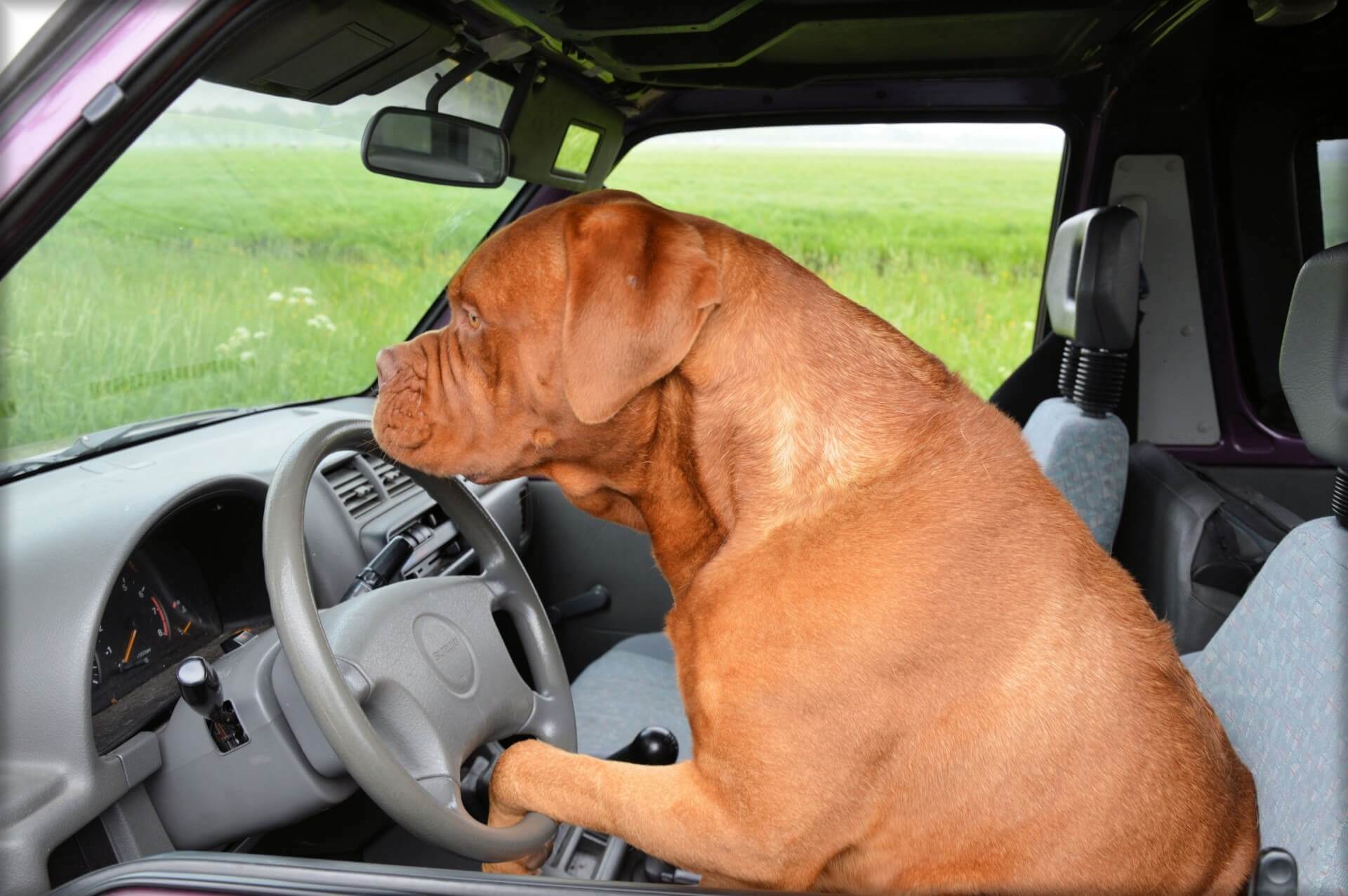The holidays are over and the roads are becoming more treacherous while winter weather quickly approaches. When traveling on vacation or even running errands with our families we take precautions when driving – using seatbelts and car seats when necessary. What’s alarming is that most people don’t think about these precautions for their furry family members. National Pet Travel Safety Day, founded by Pet and Safety Expert, Colleen Paige, raises awareness of pet safety and help people remember that dogs and cats are no different than humans when it comes to travel.
Pets can get nervous in cars, and even dogs who enjoy the occasional drive to the park may become agitated, overly excited and move around the vehicle when we least expect or want them to. Just like people, they need to be restrained and protected in the event of an accident. And, because distracted drivers are one of the leading causes of accidents in the United States, protected, restrained pets prevent accidents.
Helpful tips for safe pet travel in cars
Acclimate your pet to riding in your vehicle and the restraints that will be placed upon him or her. While your pet may be comfortable traveling short distances, a longer trip may not produce the same behavior. What you don’t want is an overly excited animal that will vocalize or move around unexpectedly while you’re driving, so consider ways of rewarding him or her for good behavior ahead of time. If the only driving you do with your pet is to the vet, you will have trouble with anxiety before you even get in the vehicle. Try to take the time to take your pet on short trial runs to fun places before you leave. Also, as you take him in and out of the car reward him, as well, so that he or she will have positive associations with the vehicle.
Pet Restraints
Remember pets are no different than people when it comes to accidents and injuries. Give your pet some type of restraint in the event of an accident or abrupt stop. This is not just for the pet’s sake, but the driver as well. We recommend one of the following:
- Vented pet carriers that are of the appropriate height and width for your pet. Small pets in large carriers can be thrown around inside of it. Use something appropriate and fasten it securely to the vehicle.
- Dog car seats or seat belts for pets are also useful if your dog or cat is capable of sitting in one spot comfortably. Some animals take to these better than others so test it out before you take it out on longer trips.
Some families will use a pet barrier – looks like a wire gate – to prevent pets from jumping into the front seats. This is not recommended as the only device used for safe pet travel because they can still be thrown around during higher speed travel or a collision. If this all you have, or all your pet will tolerate, then make do with blankets and padding for the pet.
DO bring along plenty of water for your pet. Not only do they require access to water, but cool water also helps to calm their nerves, which will help create a safe environment for pet travel.
Identification
Make sure that your pet has an identification tag on their collar that identifies them and your number should they manage to escape at a rest stop or during a collision. “Once you’ve figured out how to safely travel with your pet, don’t forget to properly identify them,” says Christopher Angiello, co-owner of Hudson Animal Hospital in New York City. “If you are going on a long trip, it’s likely you will make stops and if your pet gets loose they will be in an unfamiliar area and are more likely to get lost.” Microchip Implantation is the most effective method of locating pets, but ID collars are the next best option. Microchips enable shelters to determine where the animal came from and whom it belongs to. These microchips can be implanted quickly at Hudson Animal Hospital or your local vet’s office with minimal discomfort.
Hypothermia
Lastly, even though it is winter, you shouldn’t leave your pet in the car unattended for too long. They can get hypothermia even with fur. Many people assume that fur is the only protection any animal needs, but indoor animals are not acclimated for extended times out of doors.
Summer vacations may seem far off, but many of us are starting to plan them soon. With a few precautions, traveling with our families, including our furry family members, can be an enjoyable experience for everyone.
The post National Pet Travel Day appeared first on Hudson Animal Hospital.

